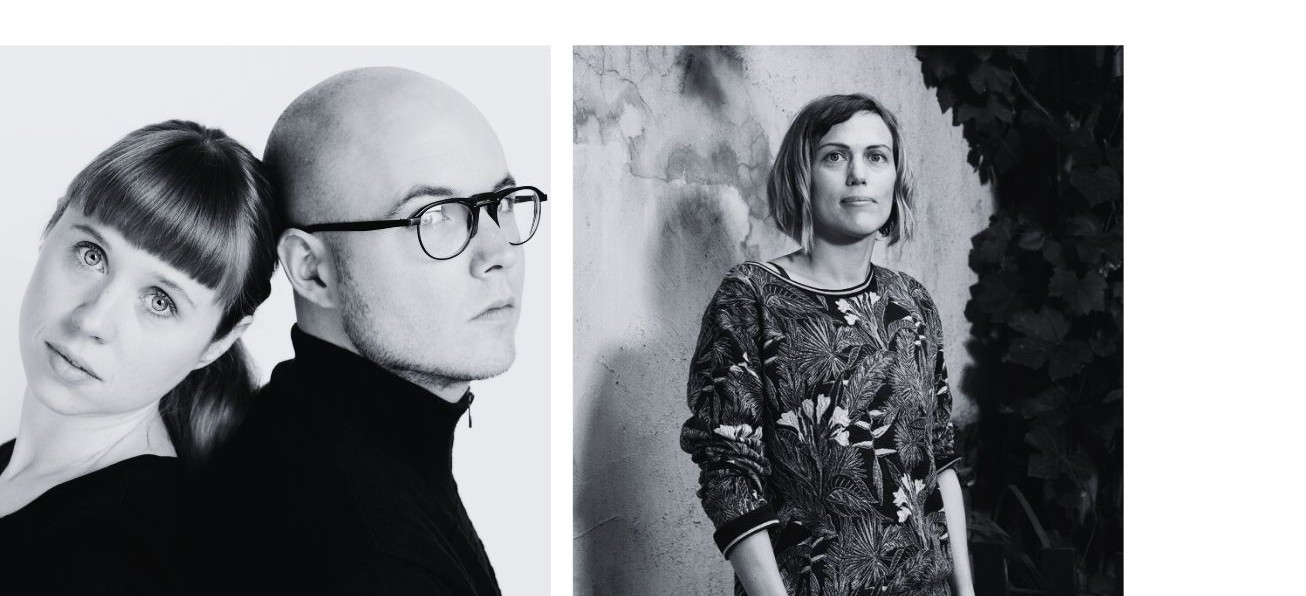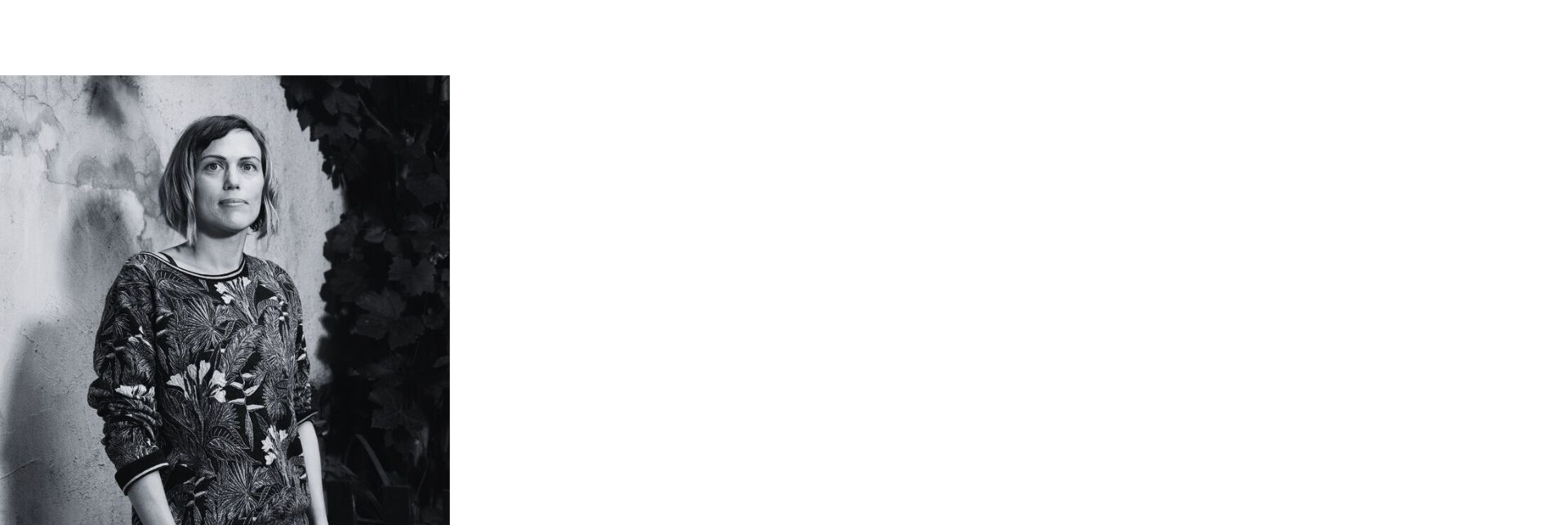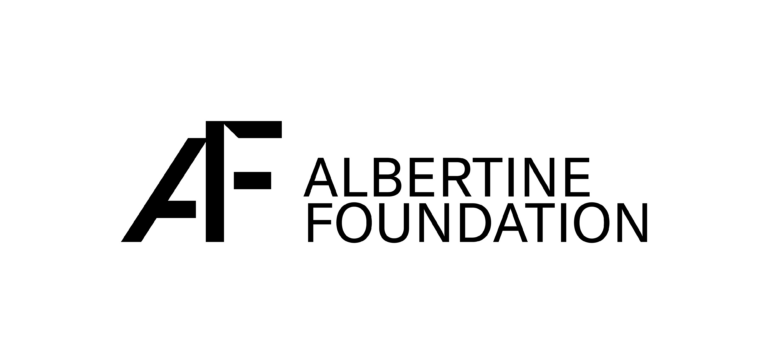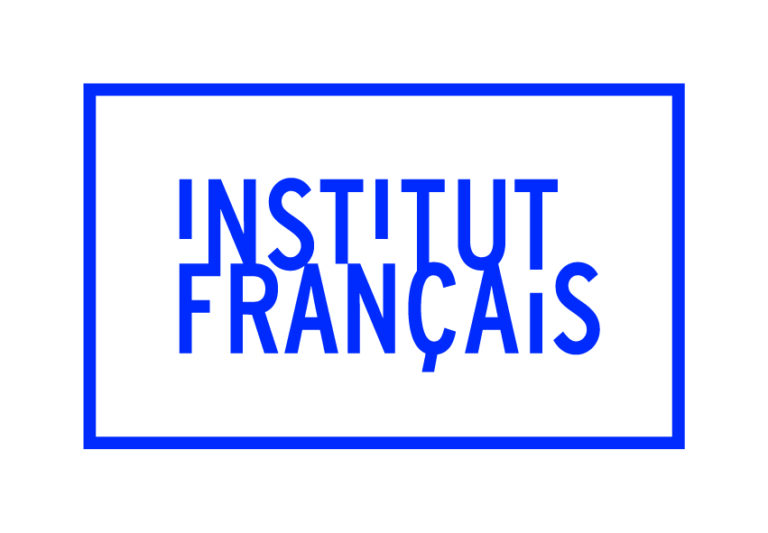New Media 2026 Laureates

By Villa Albertine
New York, June 11, 2025 – Since launching its residency program in 2021, Villa Albertine has supported over 300 creators through transformative immersions grounded in exploratory research across the United States. In 2023, Villa Albertine created a post-residency initiative that has funded 65 projects to date, further supporting artists in their transition from exploratory residencies to tangible outcomes. “We are proud to mark our fifth season of our residency program, which has now allowed over 300 creative professionals to cultivate an array of projects in the United States,” said Mohamed Bouabdallah, Cultural Counselor of France in the United Statesand Director of Villa Albertine. “The vision of our residents has led them to push artistic boundaries and create connections while investigating their chosen surroundings. Their work has lent truth to the vitality and relevance of our mission, to deepen ties between the US and France.” These residency programs have led to a wide range of French-American collaborations and creations, including books, films, artwork, immersive experiences, tours, and more, strengthening French artistic presence in the US and fostering long-term cultural cooperation.
In 2026, this spirit of innovation and exchange continues with the selection of two pioneering figures in the field of New Media: Holly Herndon & Mat Dryhurst, who will be based in San Francisco, and Béatrice Lartigue, whose residency will take place in Boston.
Click here to view the full list of residents.
Villa Albertine’s 2026 New Media Residents

Holly Herndon & Mat Dryhurst
Holly Herndon & Mat Dryhurst
Holly Herndon and Mat Dryhurst will study open-source AI models in San Francisco, exploring how AI trained on public domain data allows artists and communities to regain control of their data for a more ethical future.
Holly Herndon and Mat Dryhurst’s collaborative practice navigates uneven distributions of power using AI technologies and virtual ecosystems. Both are multimedia artists: Herndon records cerebral and whimsical studio albums combining electronic music, ASMR, and artificial neural networks. Dryhurst produces music in advocacy of a decentralized internet. Their shared project, Holly+, is a machine-learning instrument that converts audio files into Herndon’s voice.

Béatrice Lartigue
Béatrice Lartigue
Béatrice Lartigue will develop “Weak Signals” in Boston, a project combining art, science, and technology to explore the disappearance of birds and the fragility of their ecosystems through the senses.
Since 2008, Béatrice Lartigue has been working on projects at the intersection of art, science and technology. Her work explores the materialisation of invisible physical events, by immersing visitors in a space whose rules are partly written and partly in the making. A critical perspective on the utilisation of technology in a fragile environmental context guides her practice.
Contact:
Camille Jeanjean, New Media Officer – camille.jeanjean@villa-albertine.org
In partnership with

Albertine Foundation
Previously known as FACE Foundation, Albertine Foundation is an American nonprofit organization dedicated to supporting French-American relations through innovative cultural and educational projects. In close partnership with Villa Albertine, the French Institute for Culture and Education of the French Embassy in the United States, Albertine Foundation promotes artistic, literary, and educational exchange and collaboration between creative professionals from both countries thanks to corporate, foundation, and individual support.
Follow Albertine Foundation on Instagram, Facebook, and LinkedIn.

Institut français
The Institut français is responsible for France’s international cultural program. Supervised by both the Ministry for Europe and Foreign Affairs and by the Ministry of Culture, it promotes French culture abroad through cultural exchange initiatives. Operating in a space where the arts, intellectual exchange, cultural and social innovation, and linguistic partnerships interact and intersect, it is also responsible for promoting the French language and the sharing of works, artists, and ideas all over the world. The Institut français is one of Villa Albertine’s main French partners.
